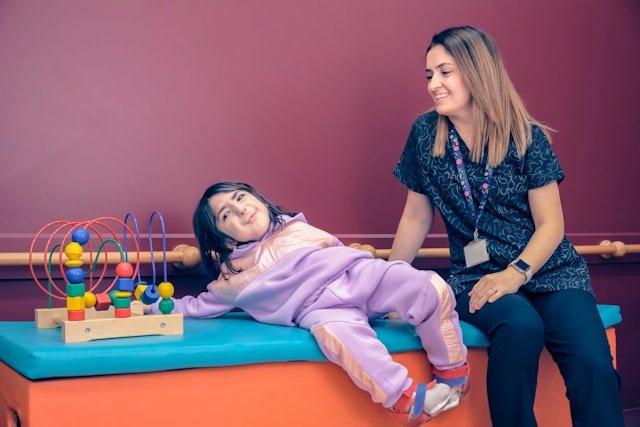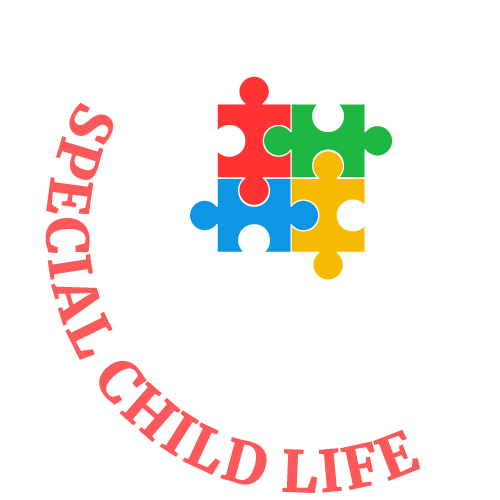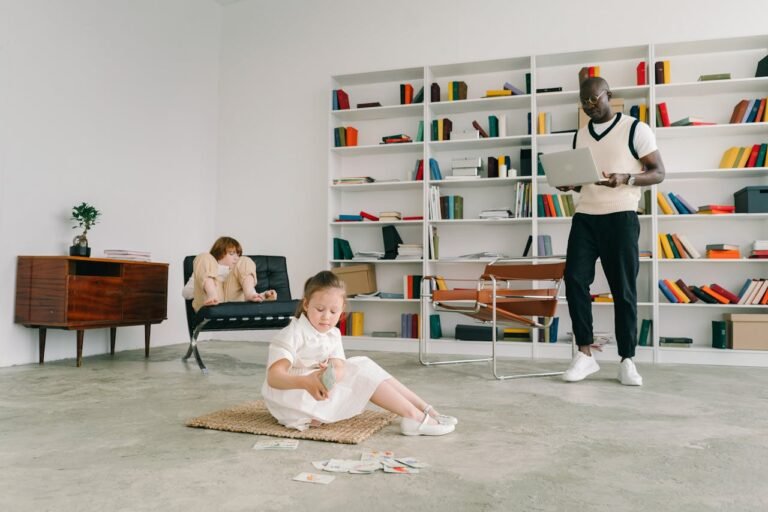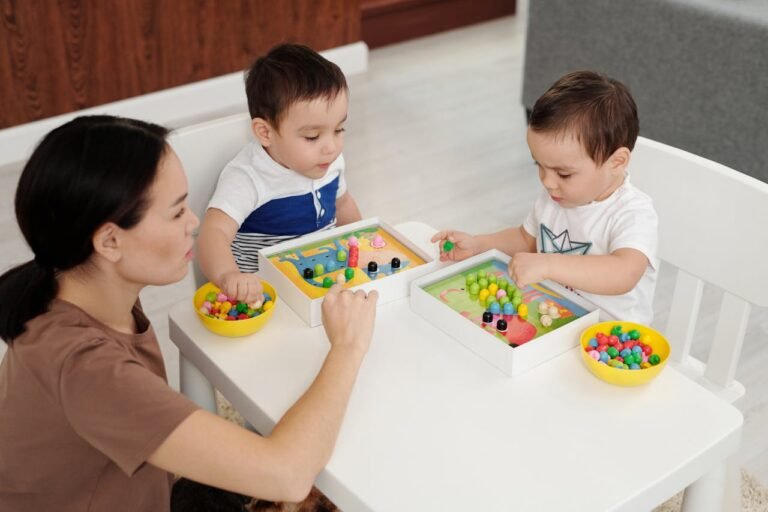This is where Behavioral Therapy for Special Children emerges as a powerful beacon of hope and a practical guide. It’s no longer about converting who your toddler is; however, alternatively, approximately statistics and gently reshaping how they interact with their surroundings that specializes in observable behaviors and learned responses. The core motive of this remedy is profoundly transformative, equipping your particular toddler with the adaptive behaviors and crucial skills they need to communicate more effectively, engage more completely, and ultimately gain greater independence and a significantly enhanced quality of life.
In this complete manual, we will delve deep into the foundational thoughts of Behavioral Therapy for Special Children, discover its diverse applications across numerous unique wishes, find out its profound and lasting advantages, and provide sensible, actionable guidance for families looking for the proper assistance to empower their toddler’s high-quality adventure of growth and achievement.
Foundations of Behavioral Therapy for Special Children
Behavioral Therapy for Special Children stands as a cornerstone in helping kids with unique goals, imparting an established, medical method to fostering fine motor skills. It operates on the premise that behaviors, whether or no longer adaptive or hard, are found out and might therefore be modified. Unlike remedies that delve into subconscious reasons, behavioral treatment focuses squarely on what’s observable: the child’s movements and the environmental elements that affect them. By statistics, why a behavior happens and what occurs immediately after it, therapists and parents can strategically interfere to encourage favored skills and reduce undesirable behaviors.

Core Principles: Learning Theory
Behavioral Therapy for Special Children is deeply rooted in the ideas of getting to know the idea, in particular operant conditioning and, to a lesser extent, classical conditioning. This theoretical framework indicates that our movements are largely fashioned with the resources of the results that follow them. If a behavior ends in a positive final result, it is probably to be repeated; if it results in a poor one, it’s a great deal much less possibly.
In exercising, this shows therapists meticulously take a look at the connection between a child’s behavior and their environment. They select out antecedents (what occurs before the conduct) and effects (what occurs immediately after). By systematically changing those environmental elements, they might teach new abilities and reduce hard behaviors. This proof-primarily based definitely approach makes behavioral treatment exceedingly effective for a huge range of developmental and Behavioral Therapy for Special Children.
Focus on Observable Behaviors
One of the defining traits of Behavioral Therapy for Special Children is its unwavering recognition of observable behaviors. Rather than exploring an infant’s internal emotions, thoughts, or summary intellectual states, the remedy zeroes in on moves that can be visible, measured, and constantly defined. For instance, in place of addressing “frustration,” a therapist could goal of the ideal behaviors associated with it, together with “hitting a sibling” or “screaming for five minutes.” This emphasis on observable behaviors guarantees that interventions are concrete and measurable.
Therapists can collect data on the frequency, length, and intensity of goal behaviors, permitting them to objectively assess song development and make data-driven adjustments to the treatment plan. This medical rigor offers accountability and allows make sure that the strategies being carried out are truly powerful for the child.
Environmental Influence
Behavioral Therapy for Special Children locations significant emphasis on the idea that behaviors are determined and maintained through interactions with the surroundings. This way that a little one’s movements are not without a doubt random occurrences but are often responses to cues of their environment or are strengthened through the reactions they elicit from others. Understanding the environmental contingencies is important for powerful intervention.
For instance, if a toddler learns that throwing a tantrum results in getting a desired toy, the environment (the giving of the toy) has inadvertently bolstered the tantrum behavior. Behavioral therapists’ artwork to become privy to these reinforcing styles and then strategically alter the surroundings to sell extra perfect behaviors. This frequently consists of training new communication abilities, improving man or woman responses, and developing primarily based workouts that provide great improvement.
Goal of Intervention
The final aim of Behavioral Therapy for Special Children is the direction of changing maladaptive behaviors with adaptive, beneficial ones. Maladaptive behaviors are movements that are dangerous, disruptive, or prevent a toddler from gaining knowledge of and attractive effectively with their global (e.g., self-injury, aggression, elopement, or non-compliance). These behaviors often serve a cause for the kid, even though that purpose isn’t always right away apparent, consisting of gaining attention or avoiding a name for.
Behavioral Therapy for Special Children employs systematic techniques to teach alternative, more suitable strategies for the child to attain their desires or dreams. This may want to contain training a child to apply a photo card to request a harm in the location of screaming, or to ask courteously for a toy in the vicinity of grabbing it. By fostering these adaptive behaviors (e.g., verbal exchange skills, social abilities, self-care, physical activities, and emotional law), remedy empowers the child to navigate everyday life greater effectively.
Final Note
Bringing together all we’ve explored, it’s clear that Behavioral Therapy for Special Children is far more than just a difficult and speedy set of techniques; it’s a dynamic, transformative journey that certainly unlocks functionality and fosters profound growth. We’ve seen how its foundational standards, rooted in the generation of learning, provide a robust framework for understanding and shaping conduct.
From the severe variety of youngsters who benefit, spanning autism to ADHD and past, to the specialized styles of Behavioral Therapy for Special Children like ABA, CBT, and DBT, each approach offers tailor-made strategies for specific needs. The healing adventure itself, characterized by the usage of meticulous assessment, information-driven intention setting, and ordinary implementation, guarantees every step is useful and powerful.
Crucially, the essential function of parents and circle of relatives underscores that that is a collaborative attempt, in which consistency and education at home make bigger results exponentially. The resulting blessings and lengthy-time period effects are really life-changing: improved communication, greater social competencies, higher emotional control, and a substantial improvement in independence for the child, along with greater harmony within the circle of relatives. While navigating the practicalities of fees and insurance may additionally appear daunting, knowing your alternatives can open doors to crucial assistance. You can share your real story with us.
Ultimately, with the useful resource of locating the proper experts and assets, households can embark on this journey with self-belief, knowing they may be supplying their toddler with the very best tools for a brighter future. The direction to empowering a unique little one is really considered one of strength of mind and knowledgeable movement. If something noted resonates with your circle of relatives’ enjoyment, we strongly encourage you to take the next step: search for a licensed behavioral therapist in your area.






